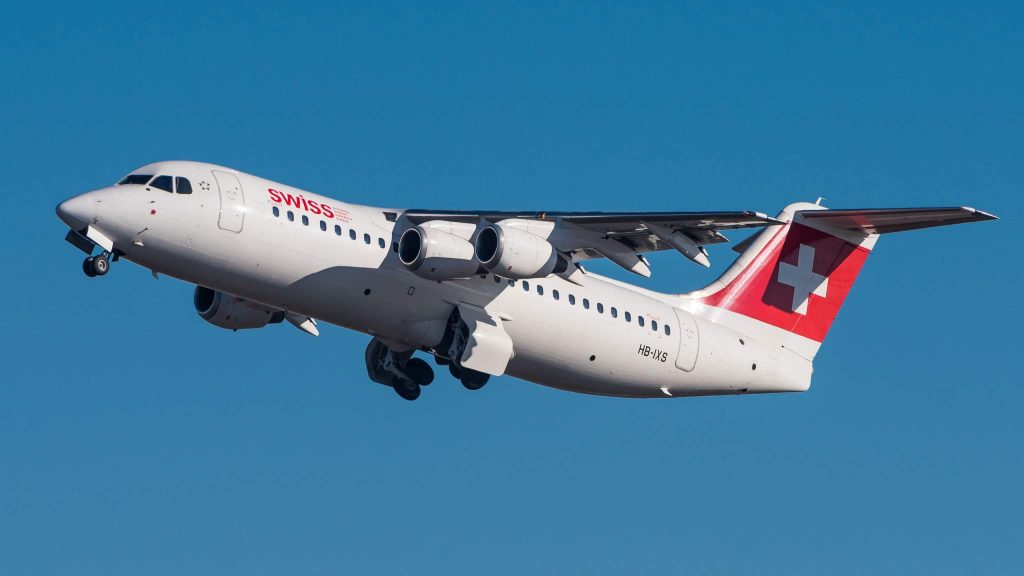Aerospace manufacturer BAE Systems (LON:BA) headquartered in London, UK, has released research into the future of aircraft “safety, aerodynamics and fuel efficiency.” Conducted with City University of London, the research looks into the natural qualities of peregrine falcons, developing technologies such as 3D printed ‘sensory feathers’, to improve machine intelligence.
Billion dollar research
BAE Systems first certified 3D printed plastic parts for aircraft in 2014. Since then, the company has become a key participant in the UK government’s Science and Innovation Audits (SIA) seeking to identify and enhance manufacturing expertise across the nation.

In 2016 the company invested a total of £1.4 billion (Over $1.7 billion) into Research & Development, and this particular concept, involving flexible and intuitive electronics, is just one part of it.
3D printed ‘feather’ sensors
In nature, a peregrine falcon senses changes in airflow through its feathers. Understanding how this works has enabled researchers at City University of London to conceptualize smart sensors that could be used for the same purpose.

3D printing allows design engineers to densely pack filaments together giving the ‘feathers’ precise sensitivity, and start a process of reactive action. In nature the falcon would use these to sense low of airflow.
Additionally, 3D design could be used to model the second concept marked by BAE Systems as “Safe Swoop”. This idea calls for a more compact and aerodynamic design of the hinged flaps used in an aircraft to help it land.
Christoph Bruecker is the Professor of Aeronautical Engineering at City University of London working with BAE Systems on bioinspired research. Professor Breucker comments,
The peregrine falcon is the world’s fastest bird, able to dive for prey at incredibly steep angles and high velocities. The research work has been truly fascinating and I am sure it will deliver some real innovation and benefits for the aerospace sector.
Bio-inspiration for smart electronics
Another feature that could be useful to BAE Systems’ research includes the 3D printed “eagle eye” developed by researchers at the University of Stuttgart in Germany. These microscopic devices can be implanted into devices to give them a more precise field of vision.
Researchers at MIT’s Computer Science and Artificial Intelligence Lab (CSAIL) were also similarly inspired by nature to create a 3D printed device capable of changing color under pressure.
To stay up to date with bioinspired 3D printing research, sign up to the 3D Printing Industry newsletter and follow our active social media channels.
Readers can also vote now for the most notable applications of the technology in the first annual 3D Printing Industry Awards.
Featured image shows a peregrine falcon, photo by Nic Trott, nikon_nic on Flickr.



